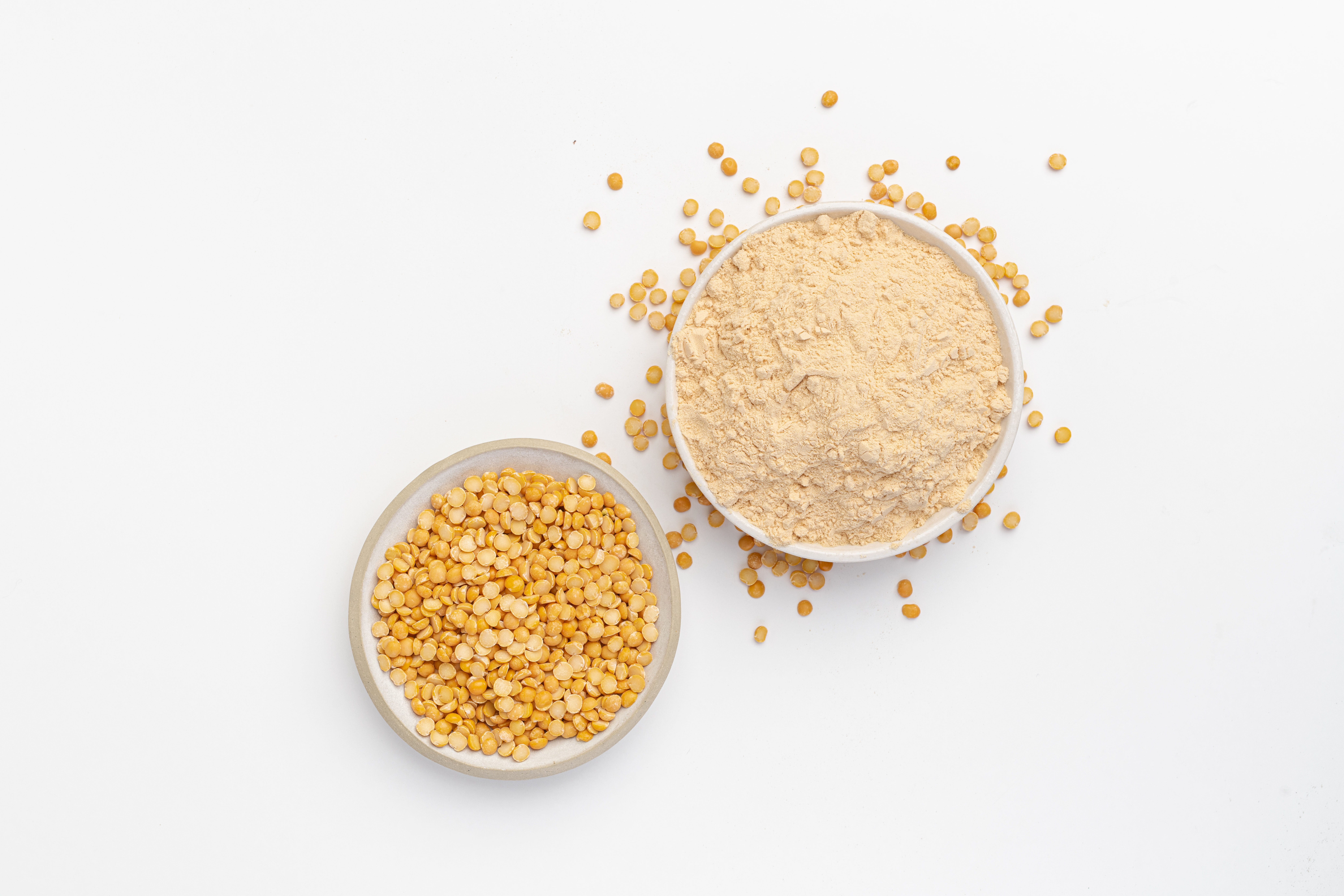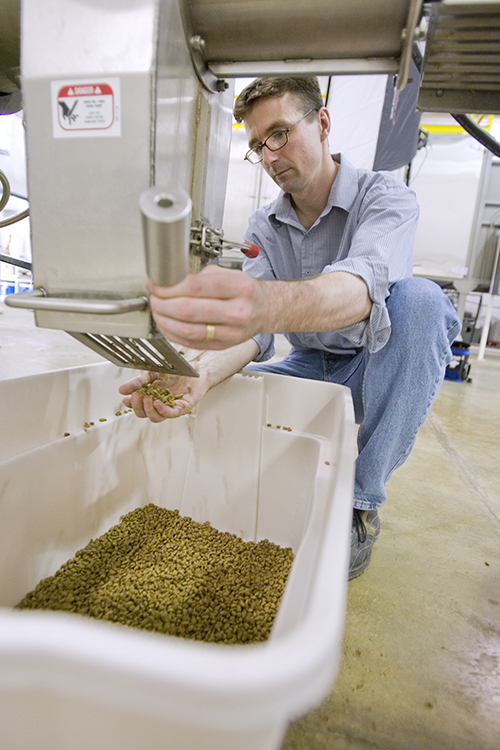Saskatchewan Pulse Growers (SPG) led the development of a strategy for transitioning Saskatchewan growers to low vicine/convicine (LVC) faba varieties to improve long-term marketing opportunities for Saskatchewan faba beans. The success of this strategy requires the cooperation of seed growers, producers, breeding organizations, and agronomists.
Faba beans are a promising newer crop for Saskatchewan: they are well-adapted to moist areas, have exceptional nitrogen-fixing ability, and have high protein content. They are also Aphanomyces-resistant, which makes them a good pulse alternative to peas when root rot is present. However, many faba bean varieties contain vicine and convicine, which are allergens that can cause rapid onset anemia in a small percentage of people.
Laurie Friesen, SPG Seed Program Manager, says, “Processors are interested in fractionating faba beans for their high protein content and more neutral flavour than other pulses. However, food manufacturers have been reluctant to incorporate faba bean fractions into food products due to the risk associated with vicine/convicine. The development of LVC faba beans broadens the marketing opportunities for faba beans as ingredients in food products.”
Expanding domestic markets for fractionation for incorporation into food ingredients could create new opportunities for growers – and solve the problem of inconsistent demand. Friesen says, “For growers to tap into these markets, they must be able to produce faba beans that have retained the LVC trait.”
Faba beans outcross, which means there is potential for bees to transfer pollen from neighbouring high vicine/convicine (HVC) faba bean crops to LVC crops. Friesen says, “Cross-pollination of the LVC faba beans with HVC would contaminate the production, leading to increased vicine/convicine levels in the harvested seed.”
To ensure the continuation of the LVC trait, growers must isolate their field from HVC fields at a minimum of 1 km, just outside the normal range of bumblebees, the primary pollinator for faba beans. To avoid any cross-pollination, 5 km is ideal.
The best way to maintain purity would be for the entire industry to switch to only LVC production. Friesen says, “If all growers switched to LVC, we would eliminate the risk of cross-pollination. While some faba bean producers focus on livestock feed and would not be tapping into the food market, we encourage all producers to switch to LVC faba bean varieties to help protect LVC production.”
Domestic and international seed companies and institutions have switched their breeding programs to entirely LVC. All new varieties tested in co-op and regional variety trials must be LVC to enter the trials. It is also a requirement to register varieties in Canada. Plant breeders are developing only LVC faba bean varieties, and some of these are already in production. Friesen says, “LVC varieties are available for both white-flowered/low tannin types as well as coloured-flower/high tannin types. Certified seed availability will increase over the next 2–3 years.”
“We encourage growers and seed growers interested in working with LVC varieties to seek contracts to produce LVC varieties and to replace HVC varieties. Information for LVC varieties and distributors can be found in the SaskSeed Guide and the CSGA Certified Seed Locator. We recommend seed growers reduce seed stocks of HVC varieties and replace them with LVC varieties in the next growing season.”
With a concerted effort from seed growers, producers, and agronomists, increased cultivation of LVC faba bean varieties will offer more high-quality food ingredients to the protein fractionation market.
All new varieties are managed under contract to ensure strong stewardship of the trait.
How Can Growers Help?
Stewardship of LVC faba beans requires a collaborative effort.
Growers can:
• Ensure adequate isolation from HVC fields.
• Use seed with good LVC status (using certified seed or testing it themselves; seed labs such as SGS Canada Inc. offer LVC testing).
• Test the LVC levels of the harvested grain prior to delivery.



